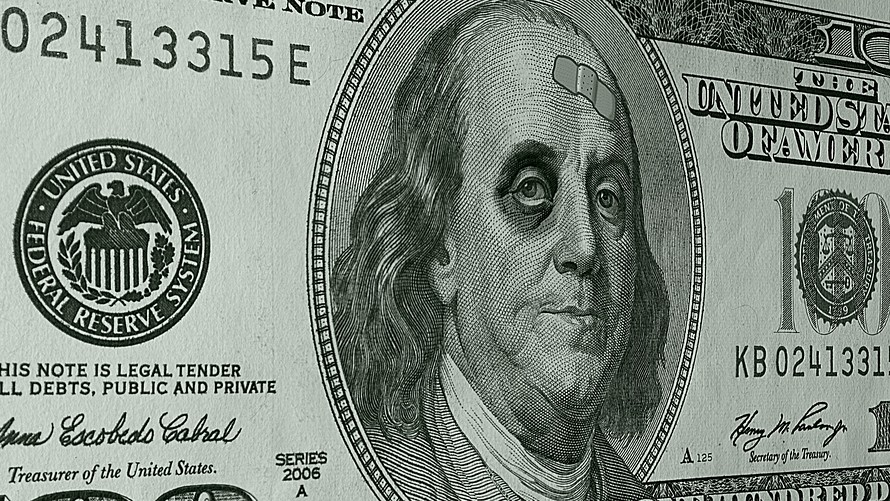-
Tips for becoming a good boxer - November 6, 2020
-
7 expert tips for making your hens night a memorable one - November 6, 2020
-
5 reasons to host your Christmas party on a cruise boat - November 6, 2020
-
What to do when you’re charged with a crime - November 6, 2020
-
Should you get one or multiple dogs? Here’s all you need to know - November 3, 2020
-
A Guide: How to Build Your Very Own Magic Mirror - February 14, 2019
-
Our Top Inspirational Baseball Stars - November 24, 2018
-
Five Tech Tools That Will Help You Turn Your Blog into a Business - November 24, 2018
-
How to Indulge on Vacation without Expanding Your Waist - November 9, 2018
-
5 Strategies for Businesses to Appeal to Today’s Increasingly Mobile-Crazed Customers - November 9, 2018
Sugar industry paid scientists to blame fat
A newly discovered cache of industry documents revealed that the sugar industry began working closely with nutrition scientists in the mid-1960s to single out fat and cholesterol as the dietary causes of coronary heart disease and to downplay evidence that sucrose consumption was also a risk factor.
Advertisement
The following year, the Sugar Association approved “Project 226”, which entailed “paying Harvard researchers today’s equivalent of $48,900 for an article reviewing the scientific literature, supplying materials they wanted reviewed, and receiving drafts of the article”, Newsday said. The SRF then sponsored research by Harvard scientists that did just that.
In the 1967 review published in the New England Journal of Medicine, the Harvard researchers found the evidence for connecting sucrose to coronary heart disease was “limited”.
“They were able to derail the discussion about sugar for decades”, Stanton Glantz, a professor of medicine at U.C.S.F. and an author of the new JAMA paper, told the Times. Their interest is in the process.
The new paper was led by Cristin Kearns, a postdoctoral researcher at the UCSF School of Dentistry, who collected letters dating from 1959 to 1971 between executives at the Sugar Research Foundation and various scientists. Other organizations were also advocating concerns about fat, they note.
For one thing, there’s motivation and intent.
But in the ’60s, the SRF became aware of “flowing reports that sugar is a less desirable dietary source of calories than other carbohydrates”, as John Hickson, SRF vice president and director of research, put it in one document.
Kearns, Schmidt and their colleague Stan Glantz, a professor of medicine at UCSF, analyzed the letters and other heart disease research-related public documents – from symposium proceedings to annual reports – from the 1950s and 60s.
One of the researchers was the chairman of Harvard’s Public Health Nutrition Department – and an ad hoc member of SRF’s board.
The publication of the article on Monday comes in a shocking time where the role sugar plays in heart diseases and health remains a question, and where science is doubting all of the studies funded by big corporations. But it was finally published in 1967. “But people who do take industry funding are considered acceptable as long as they disclose their financial ties appropriately which, unfortunately, many do not”. In some cases the scientists alleged investigator incompetence or flawed methodology.
“For decades following the funded review”, she wrote, “scientists and dietary guidelines focused on reducing saturated fat as the primary strategy for coronary heart disease prevention”.
When you pair these fickle food findings with the fact that manufacturers often hype up the health benefits of their products, it can be pretty hard to figure out which foods are actually good for you. Many believe this policy had a significant adverse effect on public health, contributing to the obesity and diabetes epidemics.
This spawned the low-fat and no-fat diet craze that’s dominated the health food landscape for decades. “However, the authors applied a different standard when they critiqued the studies linking sugar to CHD than they did to the studies implicating saturated fat and to those indicating that polyunsaturated fats could prevent CHD”.
By 1965, the SRF funded “Project 226”, which would have Hegsted and McGandy-supervised by Stare-write a literature review that downplayed sugars’ role in heart disease and shifted blame exclusively to saturated fat.
In a statement, the Sugar Association – which evolved out of the SRF – said it is challenging to comment on events from so long ago.
Advertisement
Even so, it defended industry-funded research as playing an important and informative role in scientific debate. The powerful role of food companies in the outcomes of research has been uncovered recently by investigations into candies companies and Coca-Cola. It was Kearns who unearthed the industry documents. That’s also true. What the Times doesn’t say, however, is how much the food industry continues to influence federal food policy and advice even independent of any shady research.




























